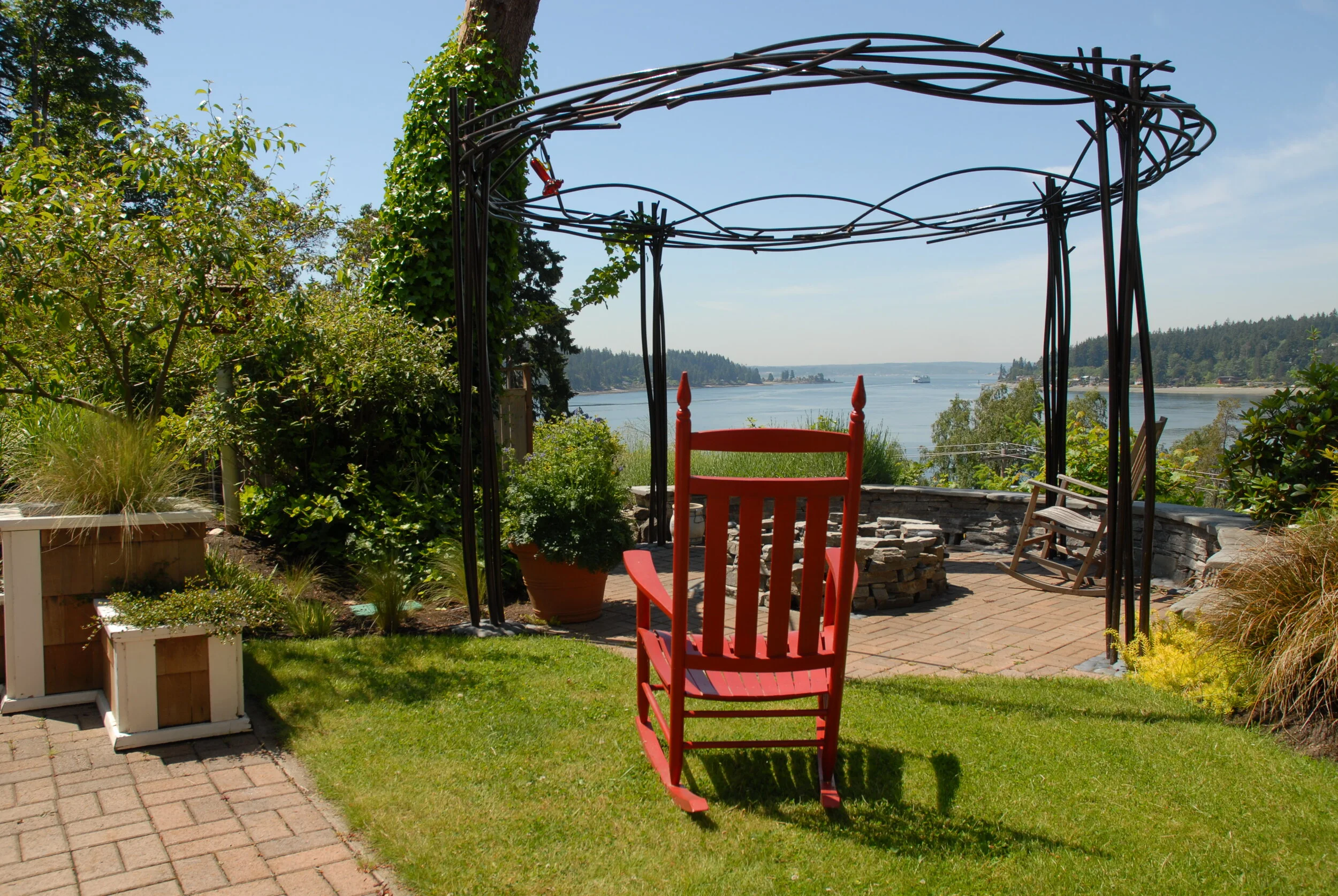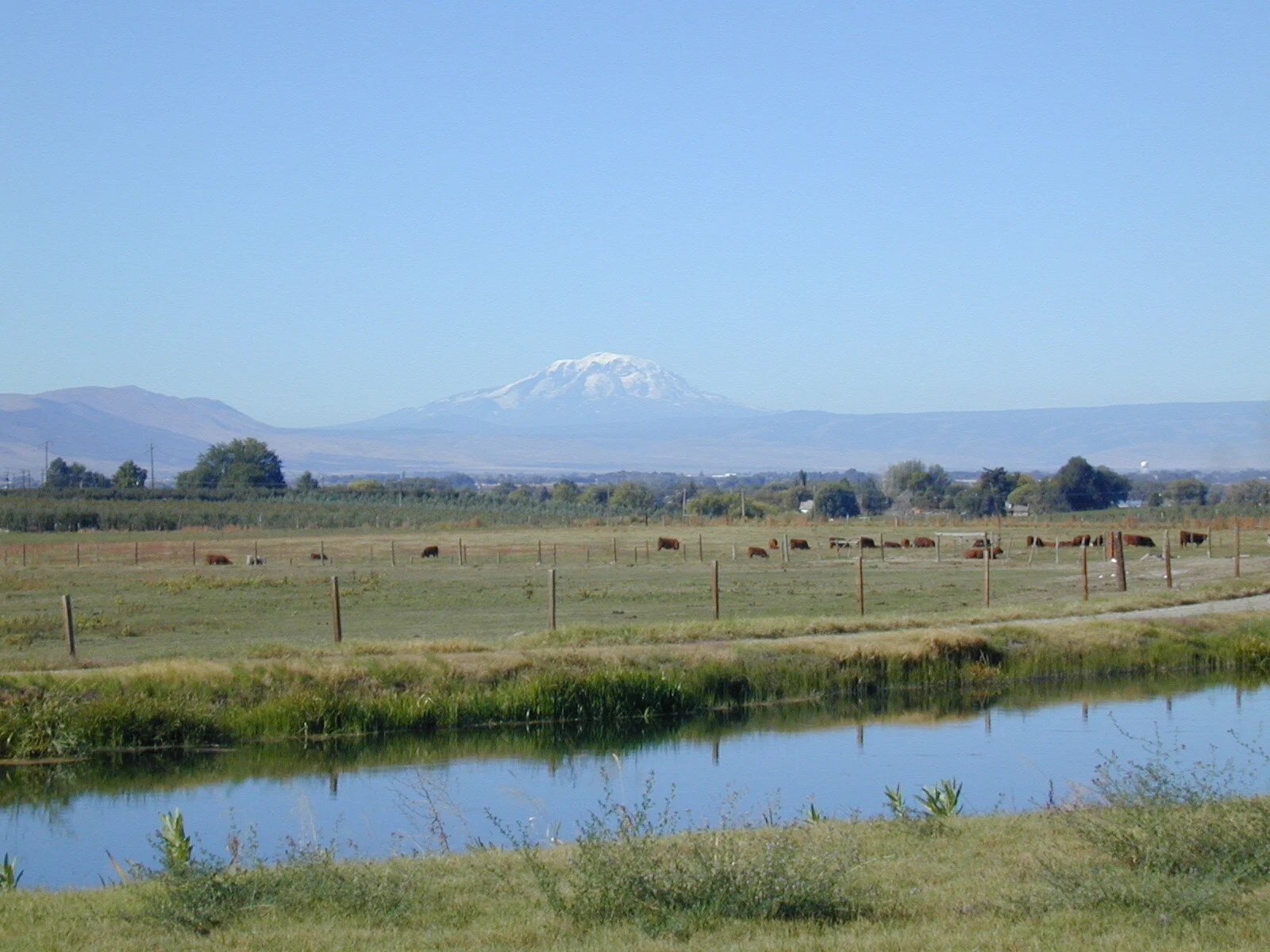What is a Land Development Plan “B”?
Backup Plan in Land Development
Things don’t always go as planned in land development. In fact, I don’t remember any project that I finished without making at least a few significant adjustments for. Of course minor and moderate modifications are typical, but sometimes it can get to the point where the whole project is going to go up in smoke if something isn’t done. That’s when you need a Plan “B”, and it might be the only thing that saves your butt.
I have a decent example of a time that I had to use Plan ‘B’ to avoid a disaster, but the bigger point is that the wise developer, prior to acquisition, will ask himself this simple question: “What am I going to do with the land if I absolutely cannot proceed with the project as originally planned?”
Some guys will say “it’s too late, I already own the property,” but that was exactly the case for my example and I still had to find a Plan “B” anyway. The only difference is that my back was to the wall even more than it otherwise would have been.
Fee simple land within a tribal reservation:
I came on board with an investor that owned fee simple land inside the boundaries of a federally recognized Native American Tribal Reservation. He already owned the land before he hired me and he had submitted plat applications on four of the six parcels held within the reservation. Residential subdivision was Plan “A” and the total holdings were 690 acres. Unfortunately, he was 100% stalled out on all of it.
His project manager had struggled for over 4 years to make progress on the plats, which were stuck sideways in some kind of Alice in Wonderland cosmic-bunny-hole. He couldn’t even get a tribal hearing scheduled. Your first thought would probably be that the project manager was a flake, but not so; he was very experienced and capable.
The primary problem was that it was a dual-jurisdictional plat approval process. Both the county and the tribe had to review and rule on the submittals. Even though the county part was fine, the tribal situation had become nearly impossible.
Another complication was that the tribe and county were at war about the zoning designation and they couldn’t even agree on what it was. The tribe had it designated as “R-20” (residential 20 acres) and the county had it as “R-5” (residential 5 acres).
Beyond that ”minor issue” there was a salmon bearing stream that flowed through most of my investor’s land and the tribal council, through their board, wanted to place all of it in a habitat management plan that meant, in simple terms - no development…ever!
Stalled and in a spin:
The tribe’s position was that the land and stream (plus the salmon that migrated up it) were spiritually sacred and therefore of immensely high value to the tribal members in their untouched state. I also knew that the tribal board was pissed that way back in the 1920’s they had sold significant reservation parcels to private parties and believe me, they wanted all of it back.
I could easily tell that the tribe would block all efforts to move the plats forward after a couple of key meetings, even though the county had one 80 acre submittal all the way to preliminary plat approval and was ok with the rest of the them.
I figured it would be best to tell the investor that these projects were way beyond dead and gone. This was actually an easier conversation than I expected, since he was mostly convinced of that before I showed up. I guess he just wanted to hear me say it … so I did. Of course, what do you do with 690 acres that you can’t do anything with?
Here’s the Plan “B” on that one:
After taking a look at things, my forced Plan “B” centered around giving the tribe what they wanted, but not without some give on their part too. My negotiations started like this:
The tribe would pay a fair market value price, per acre, for the developable land (land that could support homesites and infrastructure).
Since the stream and associated wetland system was sacred and of extremely high value, I actually placed a significantly higher price per acre on the stream, wetlands, sleep slopes and buffer acreage than on the useable land.
The tribe would agree to approve my 80 acre project and 2 short plats into finished residential lots. If they agreed, I would allow them to tie into an approved onsite and high producing well for a project that they were completing for themselves next to my 80 acres.
Result:
The tribal council and board met several times on this issue and as an outsider I wasn't allowed to attend any of the meetings. The good part was that my tribal negotiators were the head guy and his right hand man, so I had the right ears participating in the negotiations. Over the course of the next year the tribal council and board finally made their move and agreed to a deal. The money they were using was held in trust by the Bureau of Indian Affairs (B.IA.), plus they needed to put the land from me into the B.I.A land trust, for which the tribe was beneficiary. They finally got that squared away and in the end it looked like this:
The tribe would approve my 80 acre project and the 2 short plats contingent on me expanding the water system I had for the 80 acres so that their tribal project next door could tie in.
I sold them 530 acres (the total remaining acreage after subtracting for the land I got to finish into lots)
The deal was broken down into one price-per-acre for the developable land.
Another, higher price, was used for the stream, wetlands, steep slopes and buffers.
In total, the investor was able to realize a gain on the dirt sold to the tribe of $730,000 over and above his total cost basis in the 530 acres transacted.
I was able to finish the 80 acre and 2 short plat projects into finished lots that were sold quickly and at a sizable profit. (I made the mistake of bringing this up with the investor some time later, but all he did was beat me up on the 530 acres that could have produced a similar and highly profitable result.) Stupid me!
The problem with Plan B’s:
I could hardly call this result a success since the investor lost out on hundreds of lots that he would have otherwise made millions on. However, that’s the nature of Plan “B”’s. They are basically a bailout and a lot of bailouts wind up incurring a loss. I didn’t get many friendly “noogie points” from the investor on this one and I don’t blame him. He lost a ton on speculative gain from unfinished projects and a $730,000 profit on the 530 acre deal wasn’t exactly what he had in mind. Even though he was a tough nut, I knew he was secretly happy to be rid of the situation since he had come to terms with the brutal fact that the tribe would block his plans forever.
Review:
In terms of negotiations I used the “give them what they want” strategy, combined with contingencies to soften the blow to me. Here, we had a situation where the tribe held all of the power cards but the soft spot was that they really wanted the land back and were true to their principals of this being sacred land and resources. It helped that the private holdings were smack dead in the middle of the reservation which really made the private holdings stick out like a sore thumb in several spots.
I took a good lesson from that experience that I always remembered going forward - always have a Plan “B”. Being forced into one like I was (and many other developers have been as well) always seems to weaken the conditions to negotiate out of. A better choice would be thinking about a Plan “B” prior to closing on land for development in the first place. That’s good planning for any speculative venture!






